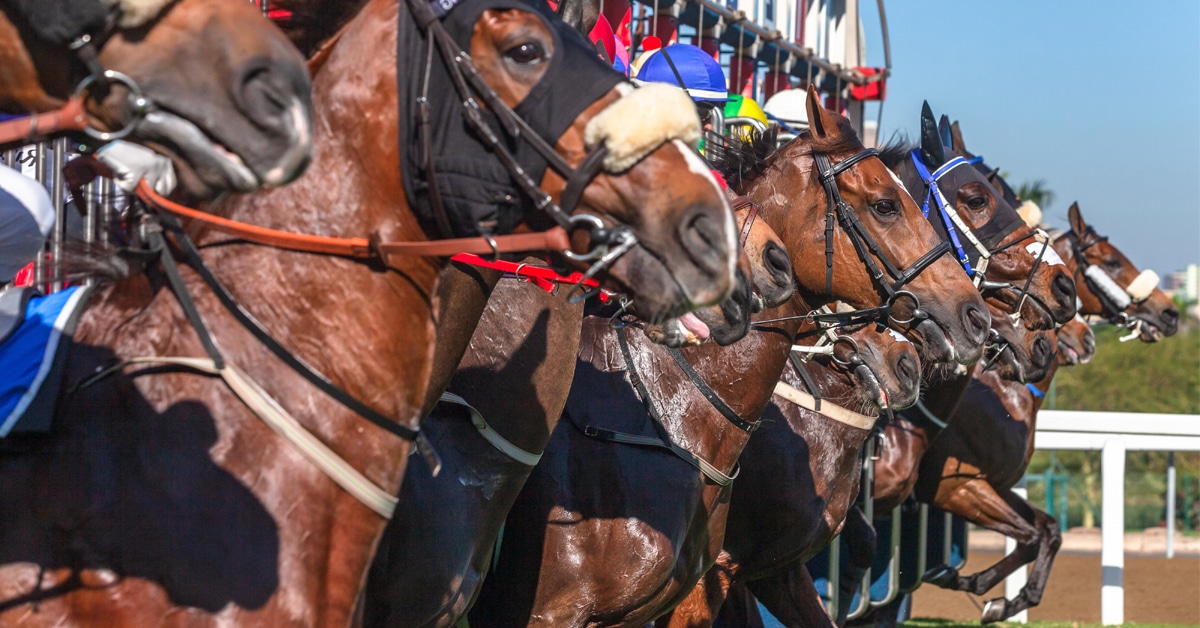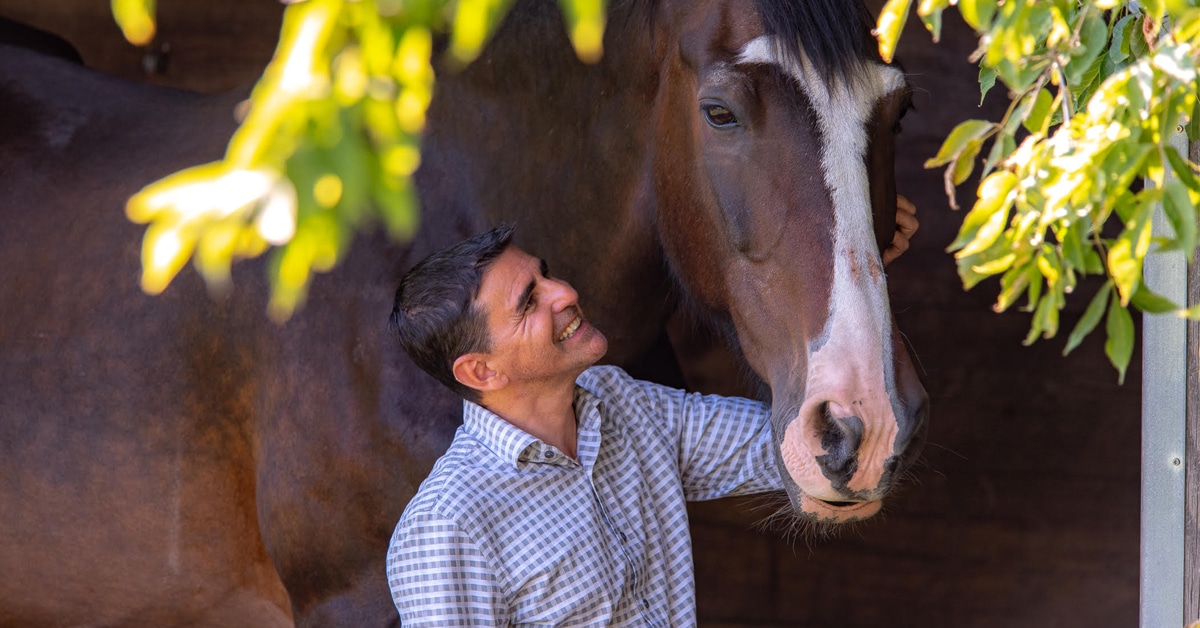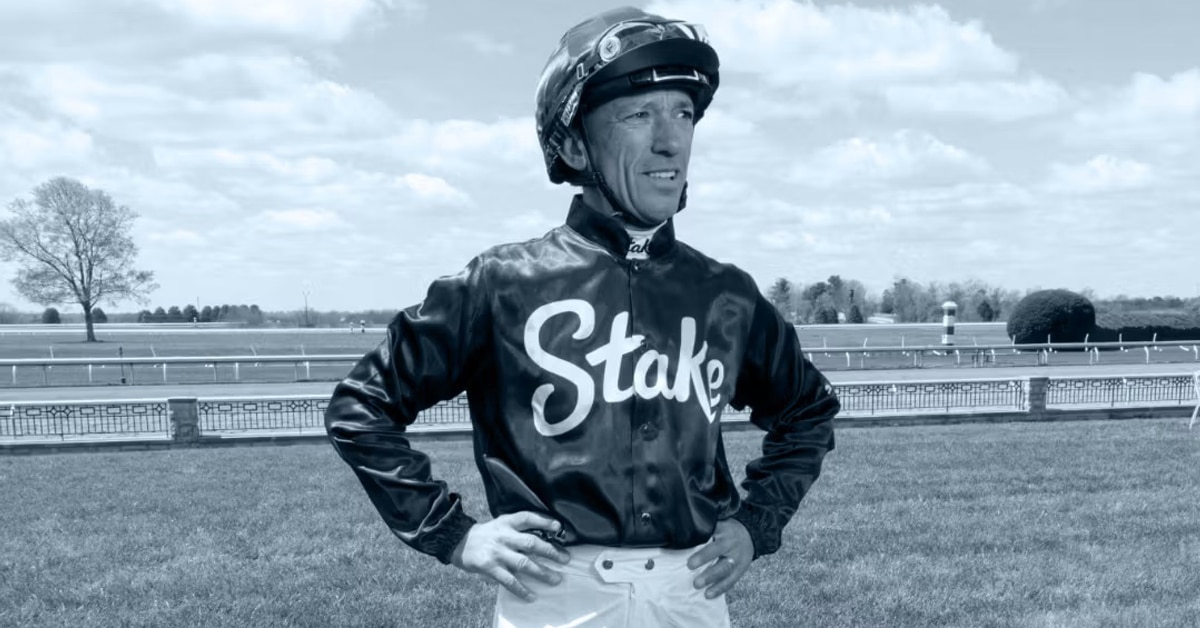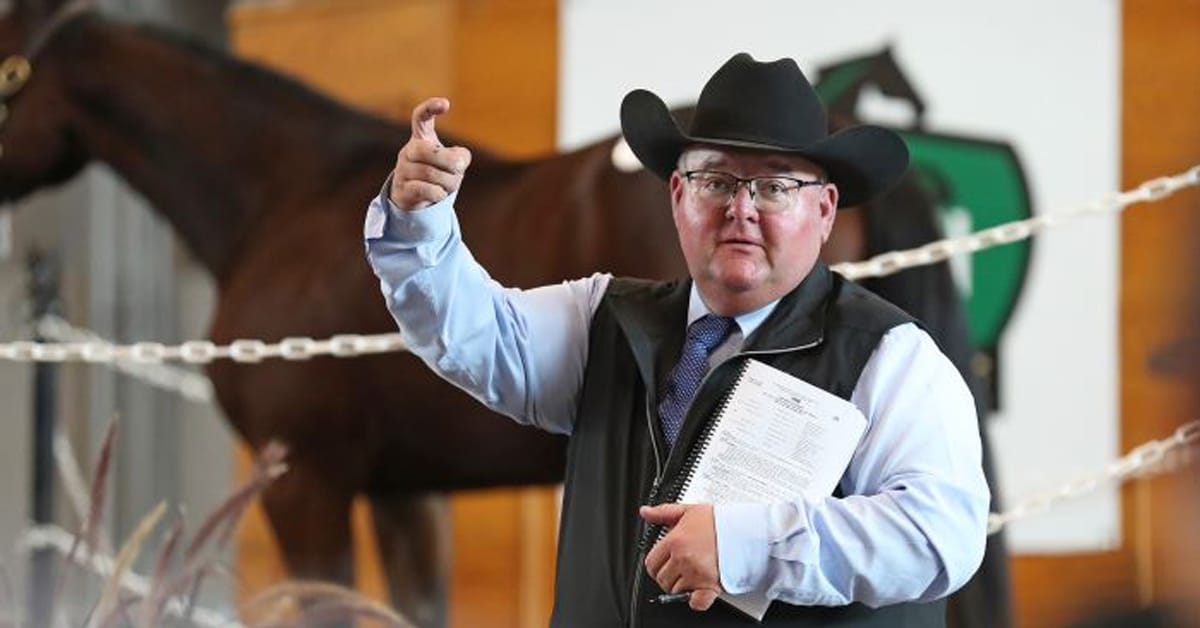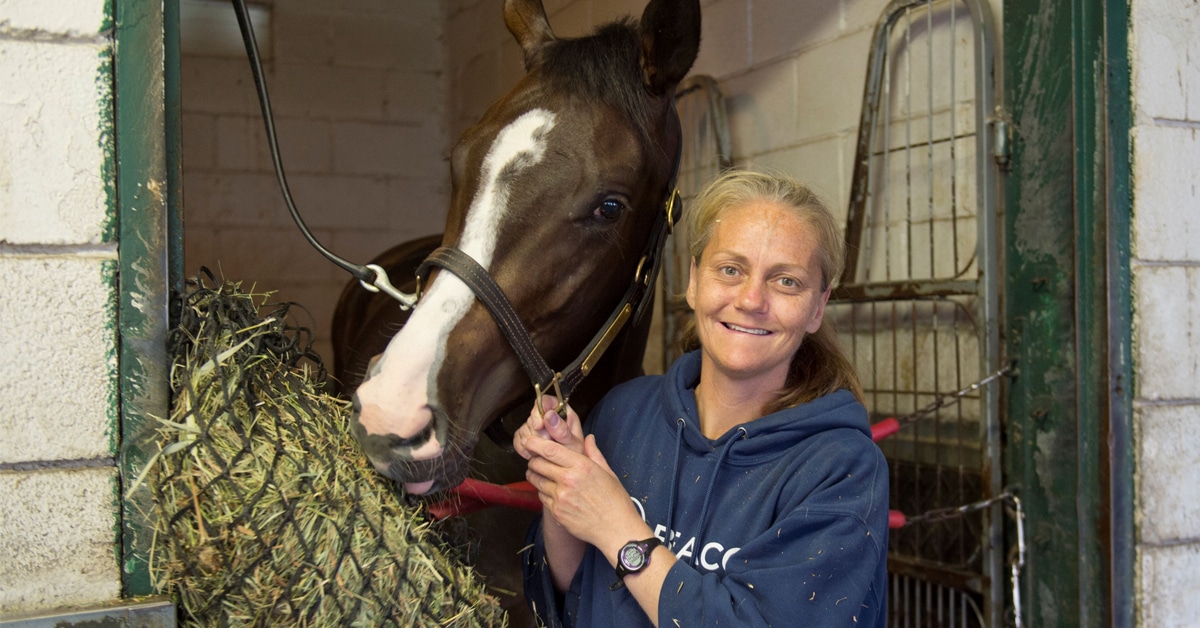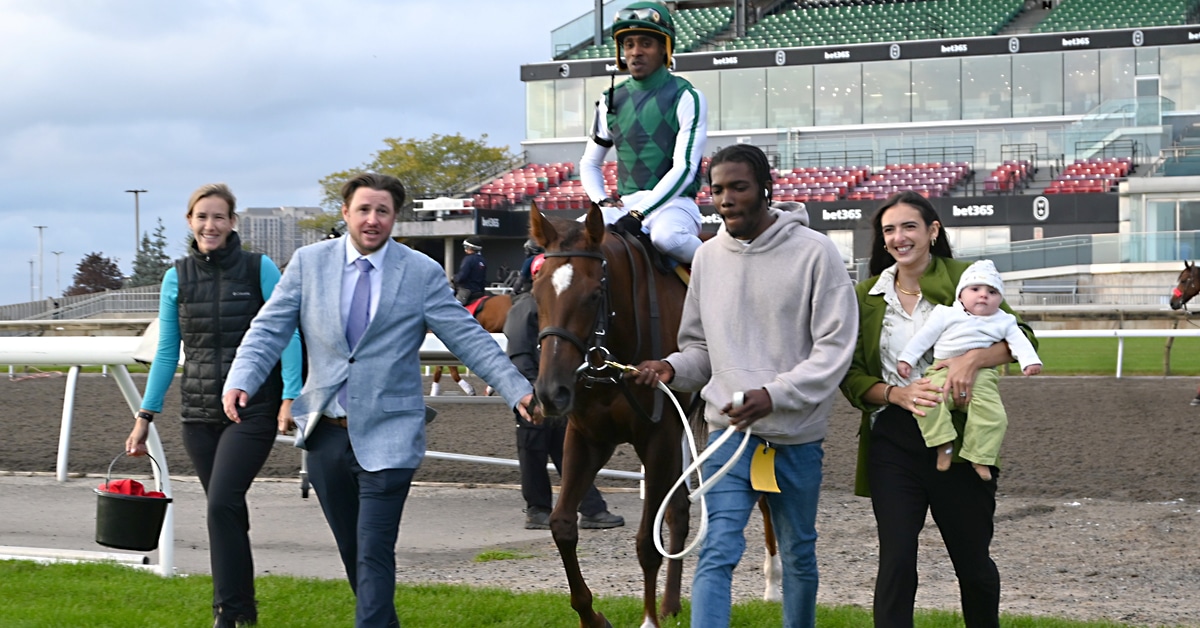As a child of the 1960s I came of age in a decade that began with the humdrum life of stay-at-home television moms such as Harriet Nelson (“The Adventures of Ozzie & Harriet”) and June Cleaver (“Leave It to Beaver”) and ended with the rock ‘n’ roll frenzy of Woodstock and the emergence of what then was known as the Women’s Liberation Movement.
Horse racing grew up in the ‘60s, too, though there was plenty of kicking and screaming along the way. Five decades later, our sport and industry has not fully come to the realization that this is no longer a man’s world.
One example: In 2005, more than 45 years after Diane Crump became the first female jockey to ride in a pari-mutuel race at Hialeah Park in Florida and five years after Julie Krone was the first woman rider inducted into the National Museum of Racing Hall of Fame, Rosie Napravnik made her racing debut under the name “A.R. Napravnik.”
Why? Because her mentor, the late Maryland training legend, Richard Small, thought using her initials (Rosie’s first name is Anna) might improve her chances of getting mounts from trainers who were hesitant to ride a “girl.”
At least Napravnik and other female riders of the modern era have their own jockeys’ room and didn’t need a police escort to get into the paddock. Believe it or not, after donning her silks in a small Hialeah Park office the afternoon of Feb. 7, 1969, Crump faced an angry crowd of onlookers en route to the paddock who yelled at her to “go back to the kitchen and cook dinner.” Uniformed officers protected her from the crowd until she was given that historic leg up.
Crump wouldn’t have been the first were it not for the actions of male jockeys in Kentucky and Florida.
In November 1968, Penny Ann Early was named on a horse on three different programs at Churchill Downs. Each time, male jockeys boycotted, refusing to participate in a race that included a woman. The races had to be cancelled.
This was front-page news in Early’s hometown paper, the Chicago Tribune. An enlightened reporter, Thomas Rivera, wrote that the jockey boycott “must be considered one of the most ridiculous actions in thoroughbred racing history.”
Fans at Churchill Downs seemed to be more with the times than the riders.
Announcement of one of the boycotts was made just as the horses and riders came out for the post parade of a prior contest.
“Cries of ‘chicken’ and ‘yellow belly’ greeted each jockey as he passed in front of the stand,” Rivera wrote, “and they were repeated, along with boos, when the riders brought their mounts back at the conclusion of the race.”
The boycotting jockeys, who were said to be egged-on by an official with the Jockeys’ Guild, sent a funeral wreath of white carnations to Early’s hotel room that night.
“It shows they have a lot of class, doesn’t it?” Early told the Tribune’s racing writer.
Barbara Jo Rubin went through a similar experience two months later in January ’69 at the defunct Tropical Park in Florida. After she was named to ride in her first race for a trainer she exercised horses for in the morning, the male jockeys told racing officials they would not only boycott that race but the entire program. An unknown assailant tossed a brick through a window of Rubin’s living quarters, a small trailer on track property.
She moved on to Charles Town in West Virginia. On Feb. 22, 15 days after Crump’s historic ride, Rubin became the first female in North America to win a race, riding Cohesion to an historic victory.
A month later, Rubin scored another first, winning on a big-time circuit, at Aqueduct in New York, where jockeys again considered a boycott, saying females weren’t strong enough to control an 1,100-pound thoroughbred. One rider, Bill Nemeti, said he decided to ride because “I figured it would just be easier to win the race because one of the jockeys was a girl.”
The biases and bigotry in horse racing have not entirely disappeared. But our sport has come a long way since those pioneer female riders of the late 1960s shattered the glass starting gate.
The Latest

